Digital Asset Management
ADMIRALCLOUDManage all your media securely, centrally and clearly in one place from anywhere in the world. AdmiralCloud is the perfect interface for businesses and their CMS, marketing tools, Adobe applications, Microsoft 365 and other in-house applications to manage images, video, audio files and documents easily and across systems. Discover the benefits of digital asset management and find out about best practices.

1. Digital Asset Management (DAM)
A Digital Asset Management is a software that can be used to store and manage digital assets such as images, movies, audio files or documents. Among other things, a DAM system enables organizing, finding, editing, and publishing various media files from a central platform. This creates individual and consistent brand experiences with efficient workflows, clear roles and rights, and a clear storage of your digital media. More about the features of AdmiralCloud.
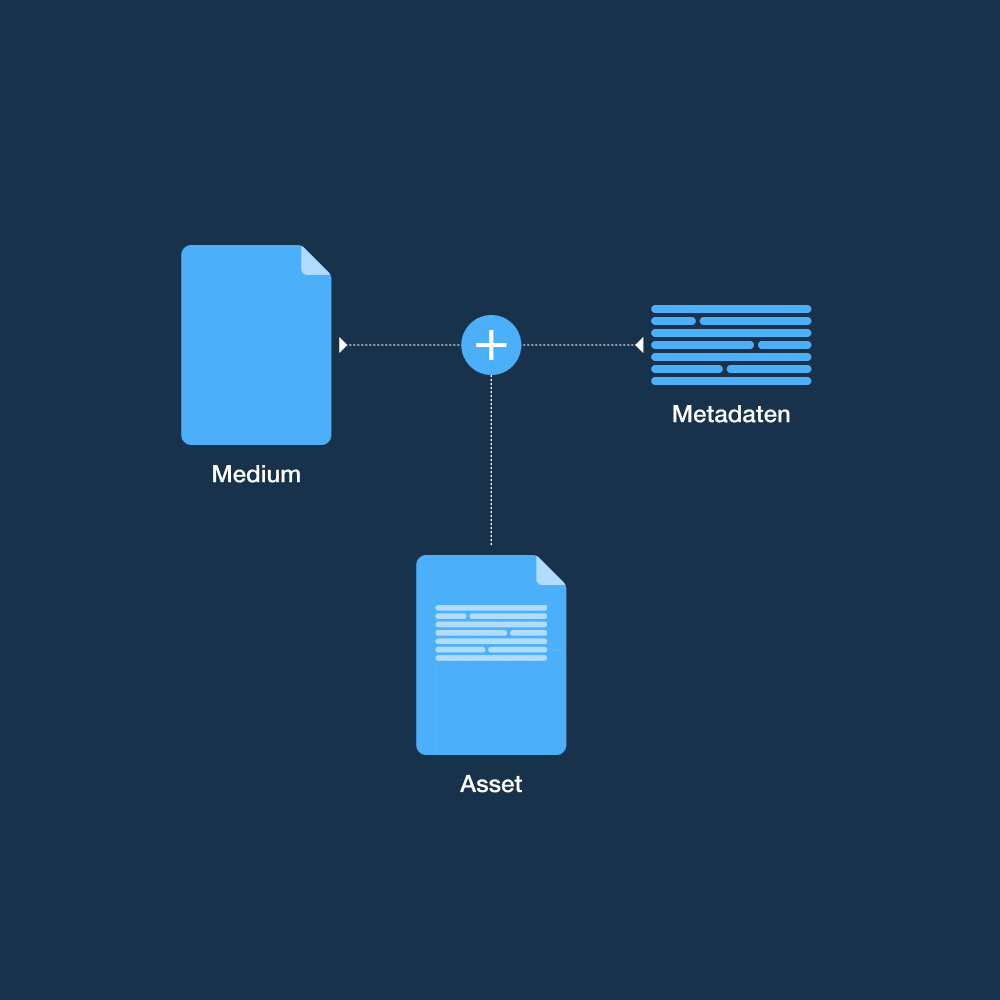
2. What are Digital Assets?
The English term “asset” means something like property or asset value. If media files have information that has a certain value for a company, they become digital assets. Digital assets are, for example:
- Images
- Videos
- Audio files
- Documents
- etc.
A DAM system enables the assignment and management of such valuable information to internal corporate media files. In the form of so-called metadata, for example, usage rights, licenses and many other properties can be determined for files such as images and videos. This process is additionally supported by a DAM system through color, text and language recognition as well as automatic keywording.
3. What DAM Systems Are There?
In general, a distinction can be made between cloud-based and on-premise DAM solutions. With on-premise DAM, a license is purchased and installed on the company’s own server. The operation of the server, the data backup, the creation of backups and the updating of the software are the responsibility of the user and thus of the company. With a cloud-based DAM system, on the other hand, the cloud provider takes over these tasks.
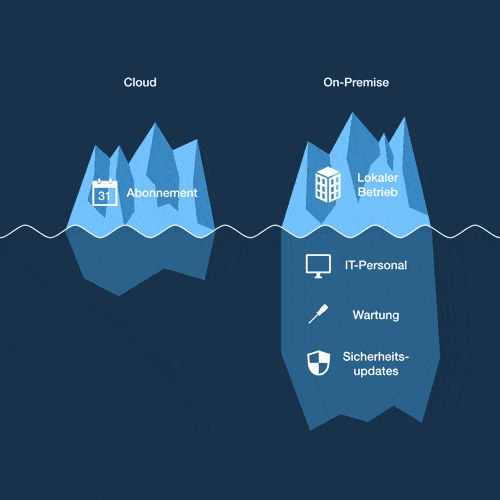
4. Benefits of Digital Asset Management for Business
The advantages of a DAM system can be manifold if used correctly. For example, a DAM simplifies workflows from day one and reduces organizational effort. The automatic indexing of digital assets optimizes their management and finding. The rights and license management of a DAM system enables improved control of the released content and ensures a consistent brand image. Teams thus gain more leeway for essential tasks and creative work. Furthermore, additional features for editing and publishing digital media support these processes.

Organize
- Overview of all media
- Simplification of workflows
- Efficient workflows
- Rights and license management
- User management

Find
- Metadata maintenance
- Automatic keywording
- Time savings
- Intuitive operation

Edit
- Cropping functions
- Format conversions
- Batch processing
- Editing functions
- Chapter functions and subtitle functions

Publish
- Create content folders and media galleries
- Creating media libraries
- Campaign templates
- Convenient contact management
5. Digital Asset Management In Practice | Best Practices
Efficient Workflows
Communication and digital agencies thrive on the creativity of their employees. By creating a uniform media archive, a DAM saves time and supports companies in simplifying and optimizing workflows. At the same time, license management guarantees legal and brand security. Coordination with customers becomes easier than before. For example, digital media folders can be shared and forwarded with just one link.
The redlich family, an agency for brands and communication, uses AdmiralCloud’s DAM system to optimize internal media workflows.
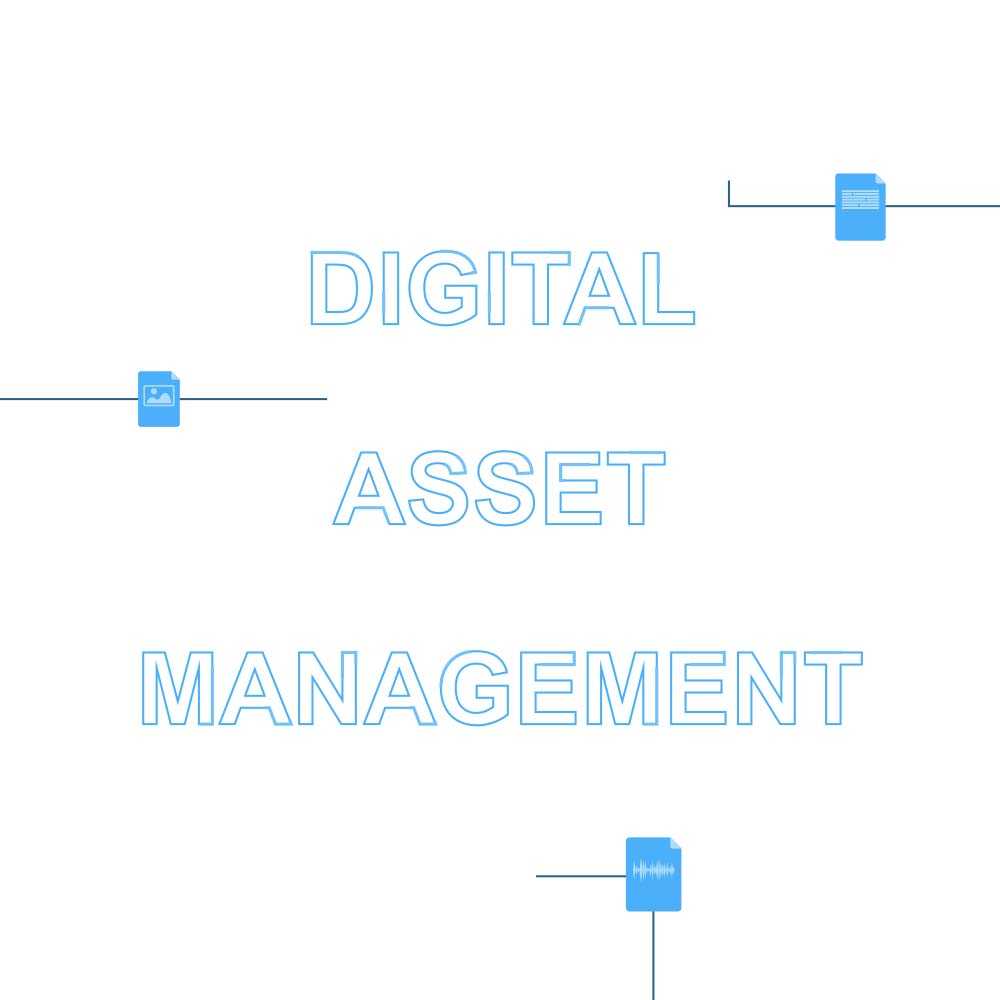
Overview & Clear Rights of Use
For large companies like the TK, a consistent brand presence is invaluable. A wide variety of media files are managed, edited and published on a daily basis. To avoid data chaos and maintain an overview, it makes sense to centralize media files in a DAM system and define individual user groups. Shared images, videos, etc. can be made available to employees in a protected media library, ensuring complete legal security. In addition, download formats can be defined, or image cropping options made available.
In this way, our customer Die Techniker controls the use of its images among 14,000 employees.
TK | ENTERPRISE DAM SOLUTION
Video Management
Many companies are increasingly relying on moving images in their communications. In addition to production, there are many factors to consider. Who takes care of cuts or other adjustments that arise for the various marketing channels? How will the increasing amount of video material be organized for the entire company and unnecessary duplicates avoided? What guarantees the technical security for the internal as well as external use of videos? A DAM system answers these questions through central storage, various organization and editing options, the provision of a dedicated video player and various presentation options.
Mahle uses AdmiralCoud’s video management system for internal and external image and video playout, including at the IAA motor show.
MAHLE | ENTERPRISE DAM SOLUTION

Customers who trust in ADMIRALCLOUD

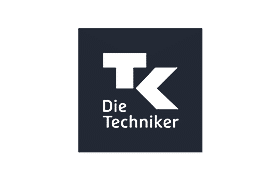
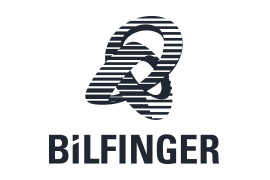



6. Conclusion
A digital asset management system is a versatile solution for handling digital media. DAM systems of this type are used across all industries to work quickly, effectively and productively with images, videos, audio files and documents in one’s own company.
The integration into one’s own system landscape is simple and location-independent due to the browser-based interfaces. At the same time, it can also meaningfully network complex corporate structures. In the course of digitization, a DAM is therefore an indispensable archiving, editing and workflow tool.

Artificial Intelligence is Revolutionizing Digital Asset Management
The Five Pillars of Security: How Digital Asset Management Systems Protect Your Data
In today's digital world, where data is a valuable resource, ensuring the security of information is crucial. Companies and organizations are increasingly relying on digital asset management systems to effectively manage and protect their valuable data. These systems...
From Data Chaos to Digital Success Story: How Corporations Optimize Their Resources
In today's digital world, where companies increasingly rely on data to steer their business processes and make informed decisions, effective management and utilization of this data are crucial. Corporations accumulate and generate an enormous amount of digital...
The Safe Choice: Success Factors in Finding a Secure Digital Asset Management Solution
In today's digitized world, efficient and secure Digital Asset Management (DAM) is essential for businesses. Managing and securing digital assets such as images, videos, documents, and other files plays a crucial role in smooth business processes and protecting...
Frequently Asked Questions
What challenges do digital asset management systems pose?
Cloud-based DAM systems can be implemented at different depths in the existing infrastructure. In principle, they are ready-to-go solutions. Users are created, roles and rights are assigned, content is uploaded and published, e.g. in media libraries, collections or directly integrated into websites and intranets.
In-depth authentication and security options, as well as internal links to other programs and interfaces, then follow successively as needed. Depending on the quality of the provider’s API, they represent a smaller or larger challenge in this further step for IT.
What costs should I expect?
The costs usually depend on the number of users, the range of functions, the data volume for storage and traffic, and the number of assets. Here, providers on the market pursue different strategies. A DAM should be able to constantly adapt to the requirements on the cost level and thus enable a cost-effective and yet productive start. Important: Good digital asset management never stagnates and constantly follows new technological developments. With cloud-based systems, the provider bears the update costs. This is the great advantage of a SaaS (Software-as-a-Service) solution.
Nevertheless, in the future there will most likely be adaptation requests and a need for additional features that are not foreseeable today and are not part of the scope of functions provided. A budget defined in advance then provides planning security and ensures no unpleasant surprises when purchasing.
What makes an enterprise DAM solution stand out?
Enterprise versions usually offer a complete range of functions right from the start, as well as solutions for individual use, e.g. as a complete portal solution. In addition, the amount of activated users and media quotas takes into account a higher number of administrators, users and user groups from the outset. Another focus is on the integration of the DAM into the company’s own system landscape, including support for a wide range of authentication solutions such as Azure AD, SAML, ADFS or access via defined IP ranges and direct use as an intranet solution.
How do I choose the right system for my business?
At first glance, the digital asset management solutions on the market today hardly differ. But on closer inspection, the differences are quite extensive and relevant. In all sub-disciplines, the scopes of services can differ greatly. For example, the setting of keywords or tags can be kept very simple or follow complex structures in the background. These are hardly visible to the user, but enable, for example, multilingual handling of keywords, tag management, tag batch processing and other automations that should not be missing from a very good DAM. The same applies to the use of artificial intelligence and many other functions. Another important factor is its scope of application. Is your focus on delivering your media or more on internal editing? Do you want to create campaigns or work with media libraries? The area of application of the individual providers can certainly vary greatly here.
Does a DAM help avoid legal warnings?
Modern DAM systems today have sophisticated license and rights management. Especially when dealing with images and videos, this is an indispensable service. Stock footage is often used, with licenses that are limited in time and space. A digital asset management system always keeps an eye on these parameters and notifies the relevant users in the event of expiring rights. The processing of personal assignments of rights is also part of this traffic light system. Good DAM systems already take this area into account when uploading media to the system and offer a wide variety of workflows for this process.
What mistakes can I make when choosing a DAM system?
In any case, it is important to carefully consider all options. As an internationally operating company, it is essential to pay attention to multilingualism. This does not mean that the system must also be able to handle English, but rather that all processes and displays can be orchestrated in multiple languages without having to create each medium twice.
Does one pay attention to pagination of search results, i.e. are only single search pages with 20 or 50 results displayed in the overall view or is it a modern DAM system with performant endless scrolling of all results? One can be amazed at how much time one can lose here with a wrong selection. Trusting a digital asset management provider that promises unlimited contingents carries its own risks: Orchestrating data and servers is an important component in the background of a DAM software. A vendor that does not budget for certain contingencies does not have its future in mind.
It should also be noted that needs change in the handling and scope of a DAM. It takes time to crystallize needs and potentially reconsider initial “nice to have options” in favor of new insights and even more important options. In the end, the solution and vendor must fit the customer and their business department and support agile change at all times.
When does it make sense to use a digital asset management solution?
When you work with images, videos, audio files and documents in the company, the need increases quickly. Hundreds of media can of course be stored well on a folder structure in the company. However, if one has a larger group of people working with media that one might want to publish on websites or internal communication channels, then a well-structured DAM will help them right from the start. One can also work with the media regardless of location and edit, manage and send it in a single system.
More about the benefits of a DAM system…
What are the hardware requirements?
If you opt for a cloud-based software-as-a-service solution, none.
These systems work browser-based and can be accessed anywhere, even for use as an in-house solution.
In which industries is the use of a DAM system suitable?
Since almost all industries work with digital media these days, the use of digital asset management systems is also interesting for all industries – regardless of whether it’s a single department, small and medium-sized enterprise or multinational corporation. The spectrum ranges from museums and manufacturing to insurance companies, agencies, NGOs, associations and government institutions. The size of the company hardly plays a role.
More about who benefits from a DAM…
Why is AdmiralCloud one of the best solutions on the market?
AdmiralCloud is more than just a DAM system. AdmiralCloud is a platform with a state-of-the-art and high-performance system architecture that always follows a generic and thus scalable approach. This approach allows for evolution at the cutting edge at any point in time without undermining its own systemic foundation. This advantage puts every AdmiralCloud user in the best possible and most modern starting position for dealing with media, even in times of constantly improving logics, growing format diversity and ever new digital tools. The spectrum here ranges from playout in visually appealing media libraries and collections and an ever more comprehensive use of artificial intelligence to ever more relevant security structures and workflow processes that are now indispensable.
Do you want to save your company precious time and resources?
We’ll show you how you can simplify and streamline the management and distribution of digital media with AdmiralCloud.



